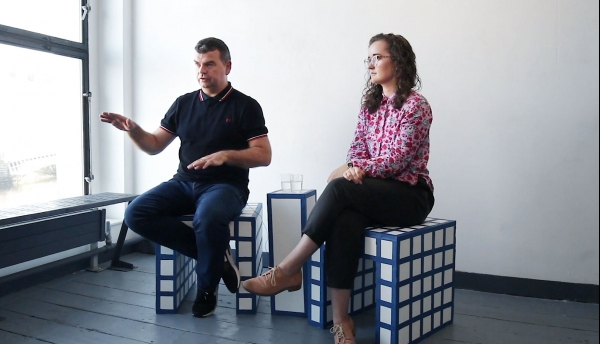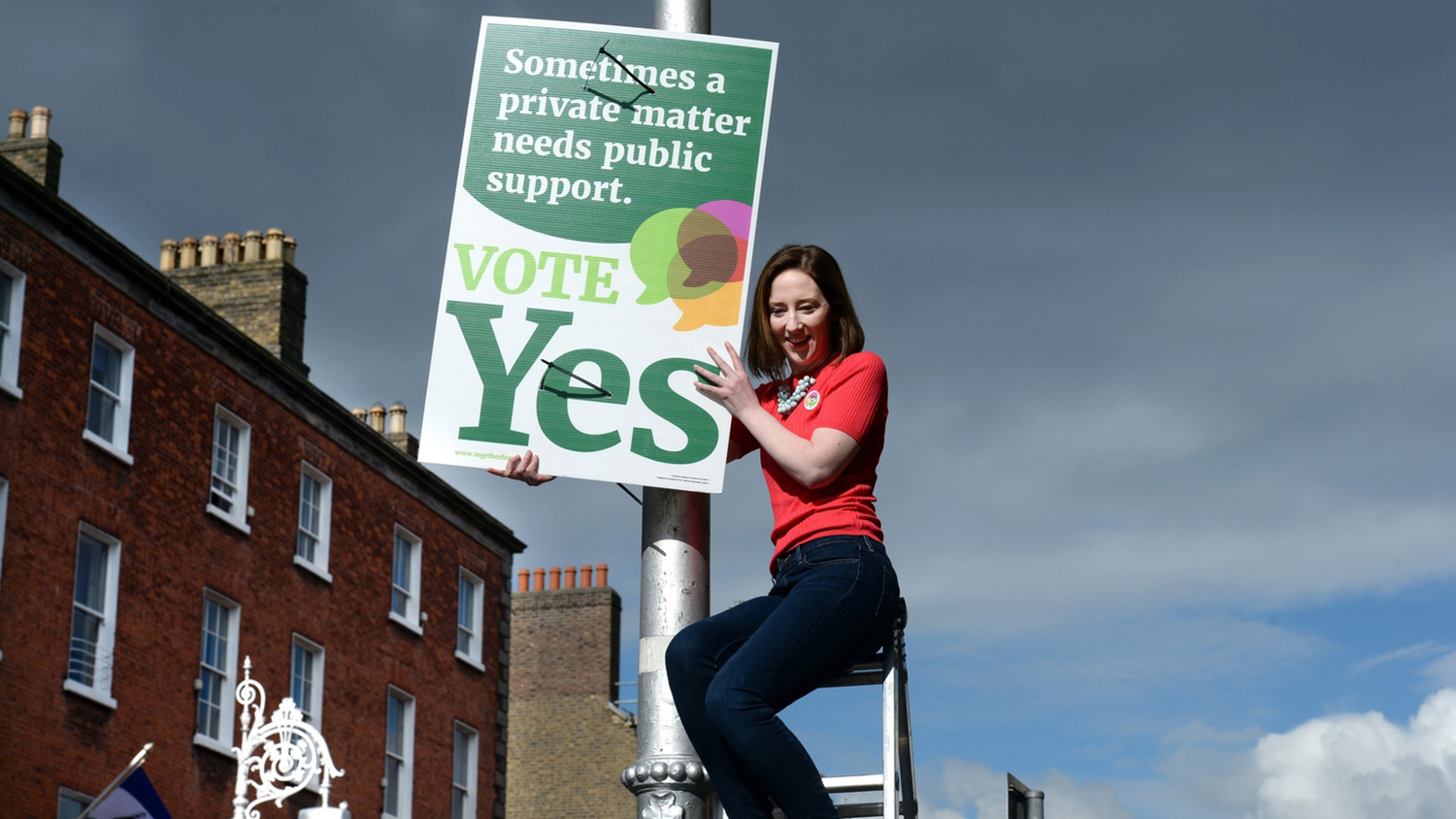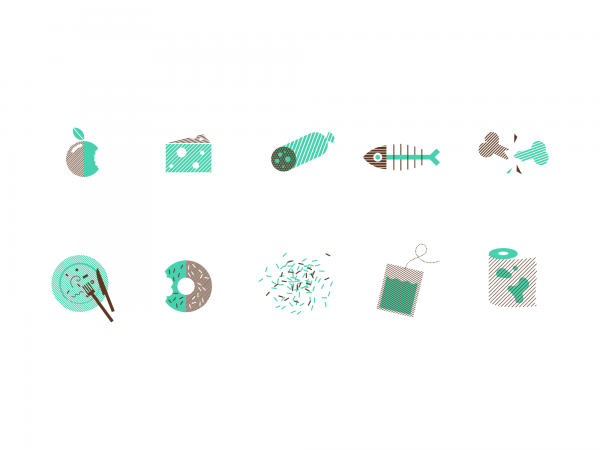Changing Values
Irish society has shifted dramatically since 2010. Socially, politically and in terms of how and what we consume, Ireland's changing values can be seen in our design.
projects for the charitable sector
projects citing sustainability
projects for Repeal
You don’t have to look at the 100 Archive to know that Ireland has changed since 2010, but it doesn’t hurt. Socially and politically, Ireland is a different place now than it was in 2010, not least because of two significant civil and human rights campaigns leading to the successful marriage equality and eight amendment referenda.
In terms of lifestyle, outlook and consumption, Ireland is different too. We drink craft beer, can’t move for coffee and get our hair cut in increasingly trendy barber shops. Local food products and small businesses have launched and in many cases design has helped them to differentiate year in, year out. We consume more online but still look for rich experiences when shopping in person. With sustainability increasing in importance in 100 Archive submissions, it begs the question what changes lie ahead in the next ten years? What types of design solutions will be on the up, and which will be disposed of?
Interview with David Joyce & Clio Meldon, Language.
Equality
Homelessness
LGBT+
Social Enterprise
Future Health
Referenda
Political discourse in Ireland for the past ten years has been dominated by three referenda — marriage equality in Ireland in 2015, the UK’s Brexit referendum in 2016 and repealing the 8th Amendment of Ireland’s constitution in 2018. All three are visible in the 100 Archive. Self-initiated or independent projects make up the majority of project submissions in this area, while the official identities for both Yes Equality and Together for Yes show that design played a role in two of the most notable moments in recent Irish history.
Projects submitted relating to each referendum
Wellness
Wellness is defined as an active process of becoming aware of and making choices towards a healthy and fulfilling life and as such goes far beyond the provision of health services. It’s no surprise then that 76% of Wellness projects in the archive are commercial with projects ranging across life coaching, beauty, health food, therapy, fitness and workplace conditions.
Projects citing 'wellness' year on year
Sustainability
Projects with a sustainable focus — be that material use, consideration of process, emphasis on seasonality or provenance — have grown steadily in their appearances in the 100 Archive in 2010. A clear connection is seen between ideas of sustainability and small businesses in Ireland, particularly in the areas of food production, preparation and service. It begs the question: how can design and a commitment to sustainability help your business?
Projects citing 'sustainability' year on year
Whiskey
In 2010, the year of the first 100 Archive selection, there were four whiskey distilleries on the island of Ireland. As of April 2019, according to Drinks Ireland / Irish Whiskey, there are 24. It is from 2013 onwards where identities and packaging for whiskey brands appear in the collections, with a steady growth ever since.
Design for whiskey year on year
In discussion

Interview with Language
Enjoyed the video above? Read the full interview with Language discussing DIY culture, grassroots movement, and design as a malleable tool for all
Read More

Print, Practice and the Polls
Design’s relationship to consumption means the outputs of the industry can show us quite clearly what we want and desire, our buying patterns, or trends in commerce. But design can reflect deeper and more meaningful changes in our society too.
Read More

Sustainability
As a trend, a term, a movement, sustainability is fast becoming ubiquitous as we collectively examine our consumer choices and environmental impact. It’s therefore no surprise that we’ve seen it emerge within the 100 Archive in recent years.
Read More

Women in Design: A Supporting Role?
In addition to women leaving the workforce for childcare reasons, there are additional and unique factors at play - the social constructs of masculine and feminine might just undermine the very notion of female creativity and how the industry approaches it, whether consciously or not.
Read More